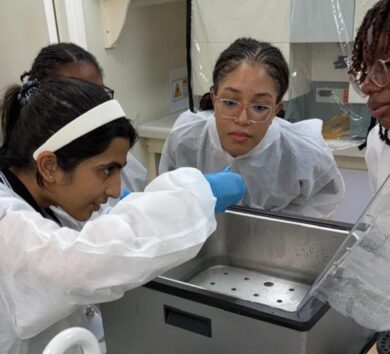

While cancer does not emit a distinct odour, the metabolic changes it triggers in the body can produce volatile organic compounds (VOCs) that may lead to noticeable smells that humans and animals can pick up.
VOCs can sometimes be detected in breath, sweat, or urine, and have been linked to various types of cancer.
This discovery has opened the door to innovative diagnostic techniques that could transform early detection and treatment.
Several studies including research by Medical News Today have shown the potential of using trained dogs and electronic noses to sniff out these cancer-related odours. Dogs, with their extraordinary sense of smell, have shown promise in identifying the VOCs associated with cancer.
Similarly, artificial intelligence (AI), using electronic ‘noses’ equipped with sophisticated sensors, is being developed to detect these compounds with high accuracy.

According to a review published in the journal JAMA Network Open, “[The] meta-analysis found that e-noses are highly sensitive (90 per cent) and specific (87 per cent) in detecting cancer.”
Despite the promising results, this method is not yet part of standard medical practice. The research is still in its early stages and more extensive studies are needed to validate the effectiveness and reliability of using smell for cancer diagnosis.
The potential benefits, however, are significant. If successful, this approach could lead to non-invasive, quick, and cost-effective screening methods, potentially improving early detection rates and patient outcomes.
As scientists continue to unravel the complexities of cancer and its metabolic by-products, the idea that we might one day “smell” the disease remains a tantalising prospect.







Comments